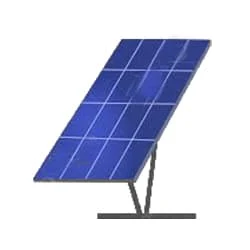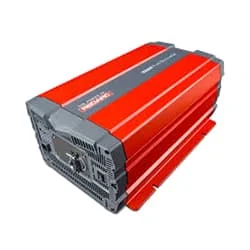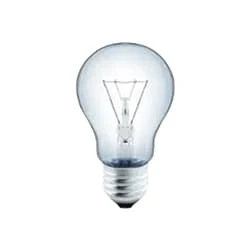Solar Panel Low Voltage DC Line:
This Diagram Shows In the move to ensure Environmental Sustainability and Minimize Energy costs, most of the World’s Populace has Invested in top-of-the-DC line low-voltage solar panels. The Simplest Way to Reduce Voltage Drop is to Increase the Diameter of the Conductor Between The Source and The Load, Which Lowers the Overall Resistance. In Power Distribution Systems, a Given Amount of Power can be Transmitted With Less Voltage Drop if a Higher Voltage is Used.
Diagram of Solar Panel Low Voltage DC Line wiring:
Components Need for this Project:
You can get the components from any of the sites below:
- Solar Panels [See Buy Click Amazon]
- Solar Controller [See Buy Click Amazon]
- Inverter [See Buy Click Amazon]
- Battery [See Buy Click Amazon]
- AC Fan [See Buy Click Amazon]
- AC Bulb [See Buy Click Amazon]
*Please note: These are affiliate links. I may make a commission if you buy the components through these links. I would appreciate your support in this way!'
Read Also:
Components used to make the Solar Panel Low Voltage DC Line:
01. Solar Panels
 |
| Fig 2: Solar Panels |
Photovoltaic solar panels can generate electricity directly from sunlight. Photovoltaic (PV) modules are connected assemblies of photovoltaic solar cells available in a package of various voltages and wattages, but not direct sunlight. And the sun also does not transmit electricity directly to the earth. Sends light and heat. It has to convert our electricity in different ways. We get heat energy from the sun very easily. Instead, it transmits light and heat.
02. Solar Controller
 |
| Fig 3: Solar Controller |
The function of a solar charge controller is to charge the battery by regulating the voltage and current coming from the solar. That is, reduce the voltage slightly so that the battery cell is not damaged due to high voltage. It's called a controller rather than a charger because it's so smart. Automatically provides proper power to the battery according to over voltage, over the current, short circuit, and battery temperature. There are two types of charge controllers. PWM and MPPT, PWM is relatively cheaper but has lower efficiency. On the other hand, good quality MPPTs are very efficient and offer maximum safety to the battery.
03. Inverter
 |
| Fig 4: Inverter |
An inverter is an electrical device that converts DC current into alternating current (AC). AC can be operated at any voltage and frequency system with suitable transformers, switches, and control circuits. Most electrical appliances run on AC (Alternative Current). Nowadays inverter is a very common device that is used to change the voltage in any type of machine or to control the speed of the induction motor. For example, the power supply in our country is 50 Hz, and the speed of the motor will also be fixed at this fixed Hz. In such cases inverter is used to drive the motor slowly or strongly.
04. Battery
 |
| Fig 5: Battery |
A 12-volt Battery is an Irregular Battery used in Specific Electronic Applications. Of all the types of Batteries, the 12-Volt Battery is one That Looks Very Different Depending on its use. It can be Large or small, Heavy or Light. Twelve-volt batteries are commonly used in RV, Boat, and Other Automobiles Systems. From a Technical Perspective, a Battery Uses one or more cells to Allow a Chemical Reaction Creating the flow of Electrons in a Circuit.
05. AC Fan
 |
| Fig 6: AC Fan |
12V DC cooling fan 2 inches 50mm, The direct current fans, or DC fans, are powered With a potential of Fixed value Such as the voltage Of a battery. It Features maintenance-Free double ball long Service Life, Bearings, Sufficient Heat Dissipation Air Volume, and air pressure. Normally the electricity we use at home is AC and the output of the IPS is AC though it accepts battery (DC) supply during load shedding. If you can't do it yourself, make a bridge rectifier and connect it to the motor (fan) using a 16-volt 100mf electrolytic capacitor. Low fan speed can be caused by an overload of the IPS power you use or a weak capacitor on your fan.
06. Bulb
 |
| Fig 7: Bulb |
CFLs work in a completely different way from ordinary lamps, they work by using a different process called fluorescence rather than generating light from heat. A typical light bulb wastes 90% of energy and converts only 10% of energy into light, this is where CFL has the biggest advantage. CFL- Curved or conical glass tube filled with argon and a small amount of mercury vapor. The inner wall of the glass is coated with fluorescent material. CFL- It is manufactured using the principle of creating fluorescent light. CFL- Originally white in color but now the construction and use of CFLs producing colored light has become popular.
Thank You for visiting the website. Keep visiting for more Updates


Post a Comment
Do leave your comments